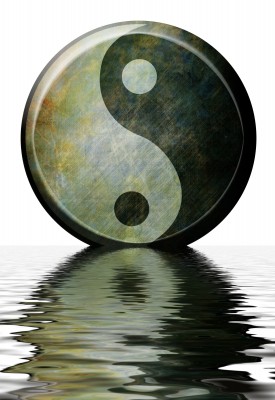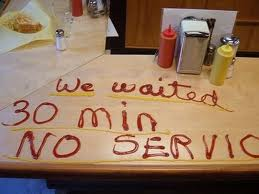The (not-so subtle) differences between Customer Experience and Customer Service
You can see it in job titles, department names and in strategic planning sessions; the terms Customer Experience and Customer Service are used liberally and are freely interchangeable. Not surprising then, why I’m often asked “What’s the difference? Same thing isn’t it? Does it matter?”.
There’s a big difference. And, if the future strength of the business is at stake, yes it does matter very much. Of course, good Customer Service is essential – in essence that’s about what you offer and do for your customers or clients today; Customer Experience meanwhile jumps to their side of the fence and understands how what you did today will affect what they do tomorrow.
All the “wow” and “magic moment” boxes of Customer Service may be ticked but without knowing what it really feels like to be a customer, a focus on Service alone and not Experience exposes a brand to unintentional consequences, oblivious to the real emotional and functional impact an action or a change will have on a customer.
So over the last few weeks I’ve tried to illustrate the point, using real-life situations to bring to life the key differences. For example:
Customer Service is about what we do for our customers today. Customer Experience is about what our customers will do for us tomorrow.
Customer Service is getting a geolocation text message in an airport. Customer Experience is being more concerned about hunting for a baggage trolley and then being charged a non-refundable £1 to use it.
Customer Service is what you say to your customers today. Customer Experience is knowing what they say about it to family and friends over dinner tonight.
Customer Service is a brand promising “Here when you need us”. Customer Experience is being charged to be put on hold when you call them.
Customer Service is practical; Customer Experience is memorable.
Customer Service is having six ticket desks in a cinema foyer. Customer Experience is seeing the long queue because only one is open and going for a meal instead.
Customer Service is sending a “Dear Valued Customer” letter. Customer Experience is thinking “If I’m so ‘valued’ why don’t they use my name and why do they sign it just ‘Manager’?”
Customer Service is like leading a horse to water. Customer Experience is the horse thinking “Nay, I was about to order a take-away latte”.
Customer Service is a polite builder. Customer Experience is them hosing down the driveway every day and giving neighbours dust sheets for their cars.
Customer Service is a retail store being decorated for Christmas. Jolly. Customer Experience is a frustrating queue at the checkout because three staff are “busy” decorating. A priority? Humbug.
Customer Service is being given a feedback form. Customer Experience is “Blimey, the same questions about the same one-night stay from FOUR different sources?”
Customer Service is a bistro providing baby high-chairs. Customer Experience is being able to move it and set it up with one hand.
Customer Service is offering a more personalised service at a premium price. Customer Experience is then that sinking feeling when told to email “info”@…
Customer Service is having a reception desk. Customer Experience is how you feel about the business when the receptionist doesn’t smile or make eye contact.
Customer Service is a shiny new online help service. Customer Experience is being perplexed at getting no response, or finding out it’s only open 9-5.
And so on. You get the idea. Feel free to share your own examples – there is no shortage of them in day-to-day life…
______________ Jerry Angrave Managing Director Empathyce, the business of Customer and Client Experience +44 (0) 7917 718072 | [email protected] | www.empathyce.com Empathyce helps business leaders and their teams to get the most out of their Customer and Client Experiences. The business improvements as a result can include better decision-making because there’s a clear Customer Strategy; less duplication and better investment / resource allocation by acting on the right feedback and insight; better employee and stakeholder engagement by showing them what it’s really like to be a customer; and better financial results by giving robust governance to prioritise acting on the things that are creating – and destroying – the most value. Twitter – @Empathyce LinkedIn – http://uk.linkedin.com/in/improvecustomerexperiences











